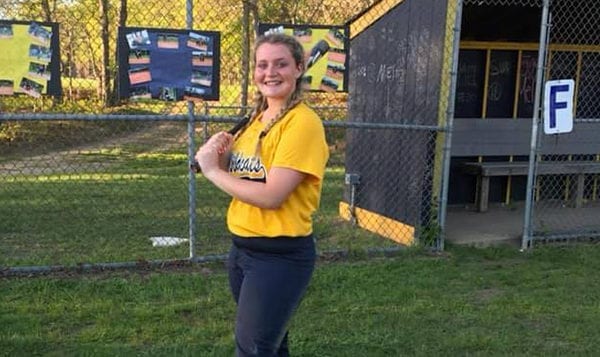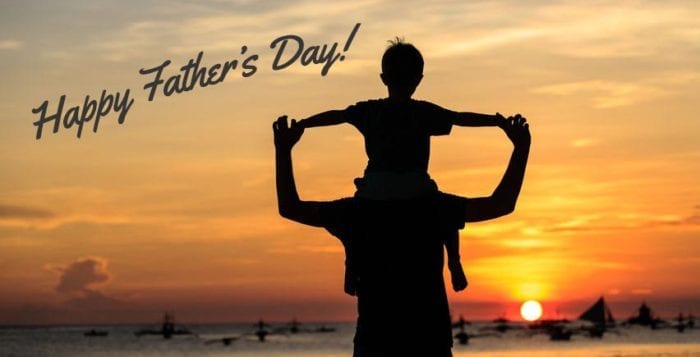On Wednesday, Aug. 14, New York’s Child Victims Act took effect. Under the law, people have one year to file a civil suit related to childhood sexual abuse, regardless of when they say the molestation occurred.
After that, victims will be able to file a case any time before they reach 55 years of age. For a criminal case, victims can now file a complaint up until they turn 23 years old.
It’s unclear exactly how many people will come forward to file charges from past abuse or how many people and organizations will be impacted by the temporary removal of the statute of limitations on cases. But, the new law promises a legal remedy for past abuse that aims to institute more sensitivity toward victims, while holding perpetrators accountable.
The website www.BishopAccountability.org lists 68 documented offenses by priests in the diocese of Rockville Centre, which includes Catholic churches on Long Island’s North Shore. One victim came forward and shared his story in the pages of our publication on Feb. 21, 2018, which is still available online at https://tbrnewsmedia.com/diocese-compensation-program-help-clergy-victims/.
But, whether it’s been in church groups, schools, Scouts or other organizations or perhaps in a family settings, children have been in situations where they were vulnerable. Offenses typically occur, experts say, in scenarios where adults are entrusted with the care of children without the supervision of parents.
Part of the solution to address childhood sexual abuse going forward will be through prevention. This means adults, organizations, parents and children have certain responsibilities. If you see red flag behavior, such as an adult ignoring boundaries and exhibiting secretive behavior with a child, this is a warning sign, and adults should respond with confronting the individual. Circumstances can be nuanced, so trust your instincts, say something and remove the child from the situation and otherwise respond appropriately.
The Childhelp National Child Abuse Hotline is a confidential resource available 24/7 that offers crisis intervention, support services and information on social services. Counselors there can help you decide what to do next. The telephone number is 800-422-4453 or 800-4-A-Child. The website is www.childhelp.org/hotline.
If victims need legal help, they can reach out to the Suffolk County Bar Association for a referral to a qualified attorney who can evaluate their case. Its website is www.scba.org and the telephone number is 631-234-5577.
With an estimated one in five people becoming victims of childhood sexual assault by the time they’re 18 years old, according to The New York Society for the Prevention of Cruelty to Children, a new era of accountability may be at hand.
Take the time to familiarize yourself with what predatory activity looks like. Talk with your children and learn about age-appropriate lessons on body safety. Good resources on these topics include www.nyspcc.org/resources/.
With the window open, people should feel comfortable coming forward. We all need to give them support when they do.

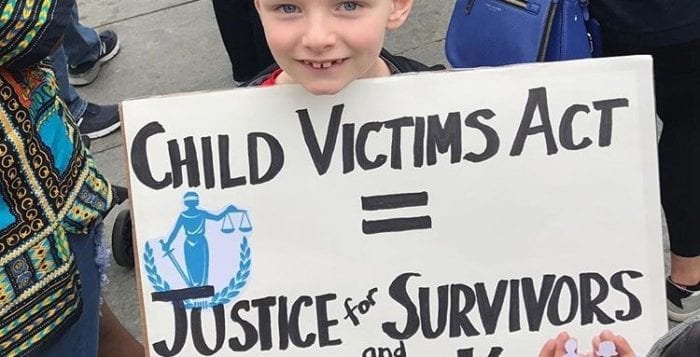
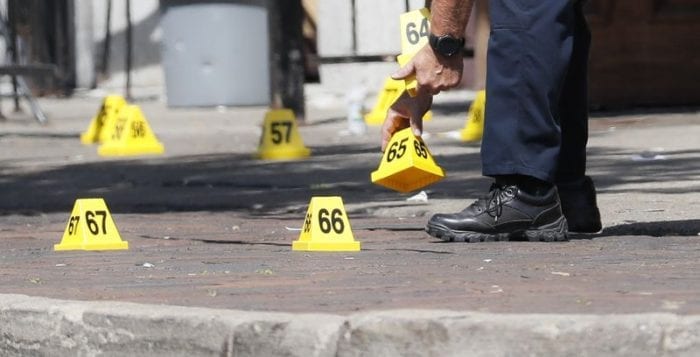
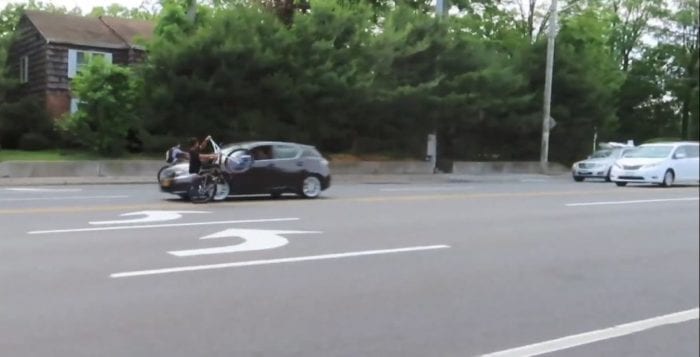




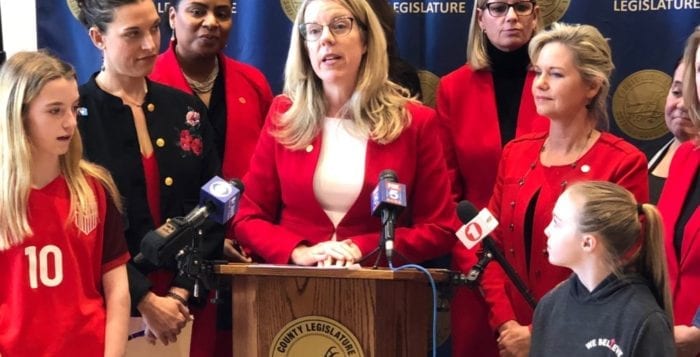
 The Legislature recently decided to do something about the injustice by creating a local law, called the RISE (Restrict Information Regarding Salary and Earnings) Act, to restrict divulging earnings history during the interview process. County Executive Steve Bellone (D) signed the legislation into law in November.
The Legislature recently decided to do something about the injustice by creating a local law, called the RISE (Restrict Information Regarding Salary and Earnings) Act, to restrict divulging earnings history during the interview process. County Executive Steve Bellone (D) signed the legislation into law in November.